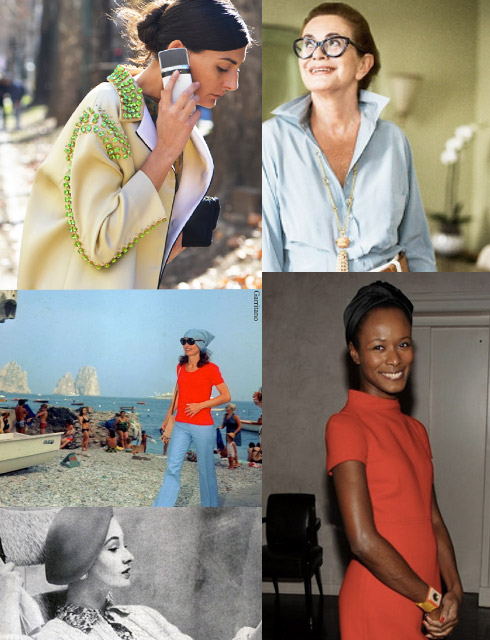In our last post about how our Dobbin patterns are developed, I skipped over our actual design process. Mainly because the design process is an incredibly subjective part of creating clothing, and less of a ‘pulling back the curtain’ on the path of taking a garment from sketch to production. Every designer has his or her own point of view, and customer in mind, when they design a line or start a business.
Neither Catherine nor myself comes from a traditional design background, like a professional program at a fashion or art school. Instead, with both of us armed with liberal arts degrees, Catherine’s design skills have been mostly honed on the job throughout her career, and mine have been picked up second-hand through more than 15 years on the business side of the retail and fashion industry. Since we’d already spent the better part of a decade collaborating on design and incorporating customer demand into a line at Liz Lange Maternity, Catherine and I work together very well. We collaborate closely on all aspects of the business, and particularly on design, with a clear goal in mind: we want to create garments that look good on as many bodies as possible (though as mentioned previously, we’re still small and not yet able to design petite, plus nor tall), in primarily washable designer level European fabrics, all for under $200 at retail.
Catherine and I discovered at Liz Lange that our taste levels and interests were very similar, and in some cases complementary. Catherine and I both favor classic sportswear designs from the ’60s and ’70s, as well as ’90s minimalism. We admire designers like Halston, Bonnie Cashin, Donald Brooks, Valentino, YSL and Givenchy. We both like fashion that is timeless and elegant. Catherine’s personal style is sometimes more romantic than mine, and my own is more preppy than hers. We try to steer clear of our more specific personal styles and instead focus on what we think and have learned our customers are really interested in wearing.
When we begin to design a season, in terms of silhouettes, we pull together huge folders of inspirational images. We look for anything with clean lines, streamlined shapes and good construction. We like a ladylike look, but avoid anything too prissy. We want our clothes to have an easy, wearable sophistication. We watch what women around us wear on a day-to-day basis, and ask for advice from our friends, family, industry colleagues and (especially) our customers. Now that we’re in our third season, we have an idea of what our customers like and don’t like, and what they would like us to create in the future. I know from experience that shoppers like an element of surprise, but they also want to find what they’re looking for. We also take trips to all kinds of stores, and try on things from all different designers and retailers. It’s in our best interest to know what we’re up against, and what’s working and what’s not for other companies. Like many other designers, we also shop vintage and thrift stores for silhouette and print inspiration.
We don’t typically have a theme for a season (say, something based on travel, or a movie or book character); instead, we think more about the wearability of the individual pieces of clothing we’re making and how they work together. Most importantly, we think about how each piece we design can be worn at work, to dinner, on the weekend, on a trip and beyond. We think about how women with different body types will look in a garment and how she wants to feel. Then we tend to incorporate trends most by choosing which colors we use each season. A classic body in a chic and high-fashion color makes for what we hope is a winning combination.
Throughout, we also have to think about all the small details of each garment when designing. From pocket placement to hip length to the amount of flare that a skirt has, we need to commit to many choices before we discuss a design with our pattern maker. Small changes can be made throughout the fit process, but we can’t entirely alter our original design. This season, we wrestled with a shirtdress design. We liked the idea of a button-less poplin dress, but the more we played with the sketch and with the sample in-hand, the less we liked the reality of it. So we changed the design incrementally, towards something more traditional, but probably more flattering in reality.
As we grow, we plan to stick to the same design philosophy, but to expand the number of silhouettes we design each season. We want our customers to continue to rely on us for the workhorses of their wardrobes, and to be able to add and incorporate new Dobbin pieces into what they already own.
Next post, we’ll cover our fit and how we chose our fit model, as well as pictures from an actual fitting!
Design Inspiration Boards






